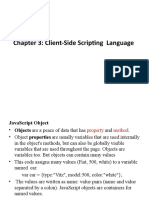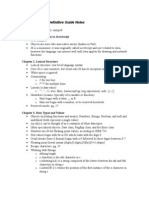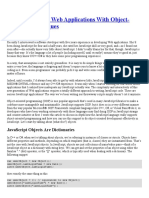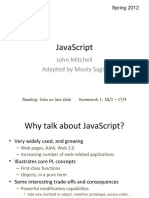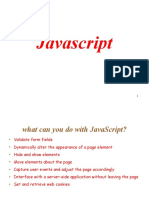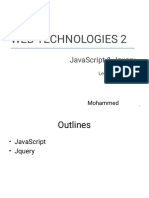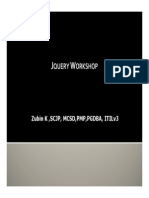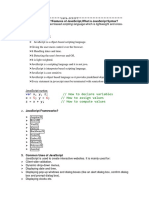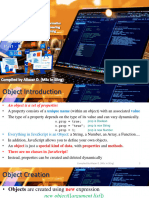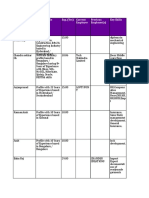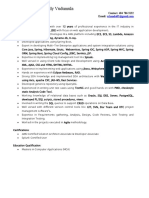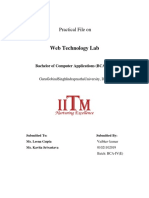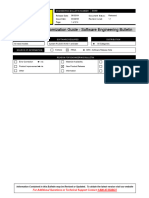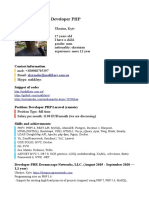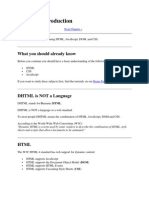0% found this document useful (0 votes)
23 views17 pagesJavascript
This document provides an overview of JavaScript, a programming language used for web development, highlighting its syntax, types, and typical applications. It discusses the capabilities and limitations of JavaScript, including its object-oriented nature and interaction with the Document Object Model (DOM). Additionally, it covers the creation and manipulation of objects, arrays, and functions within JavaScript.
Uploaded by
samuel asefaCopyright
© © All Rights Reserved
We take content rights seriously. If you suspect this is your content, claim it here.
Available Formats
Download as PPT, PDF, TXT or read online on Scribd
0% found this document useful (0 votes)
23 views17 pagesJavascript
This document provides an overview of JavaScript, a programming language used for web development, highlighting its syntax, types, and typical applications. It discusses the capabilities and limitations of JavaScript, including its object-oriented nature and interaction with the Document Object Model (DOM). Additionally, it covers the creation and manipulation of objects, arrays, and functions within JavaScript.
Uploaded by
samuel asefaCopyright
© © All Rights Reserved
We take content rights seriously. If you suspect this is your content, claim it here.
Available Formats
Download as PPT, PDF, TXT or read online on Scribd
/ 17









